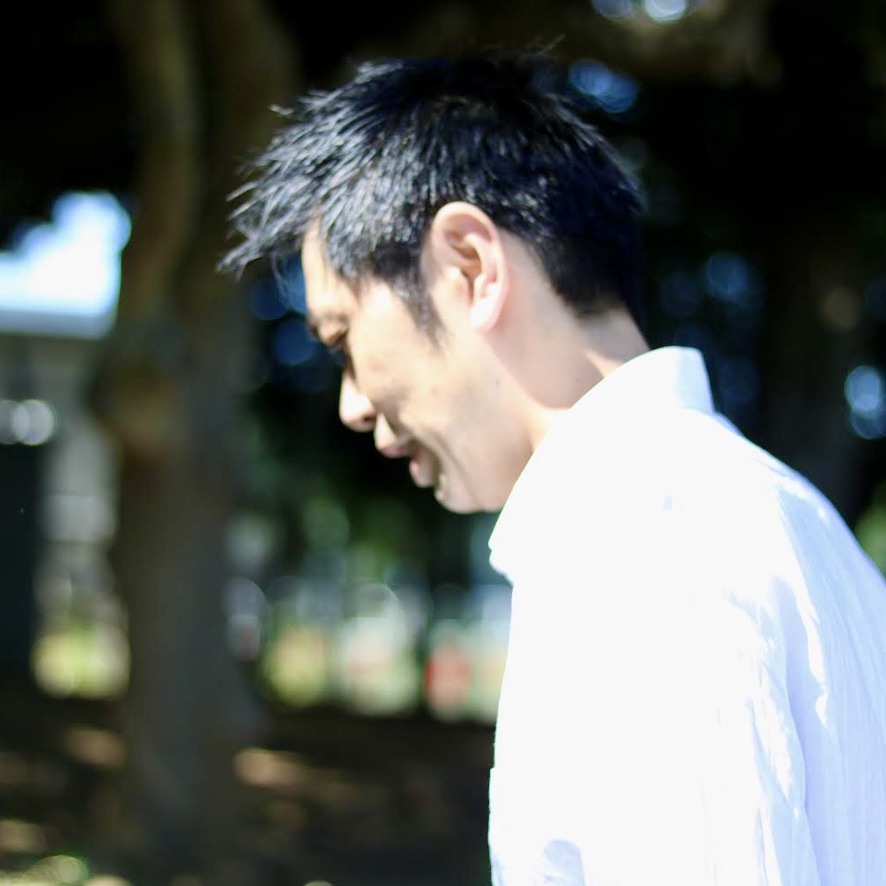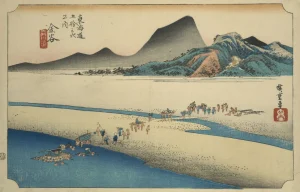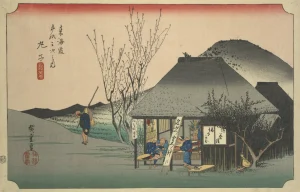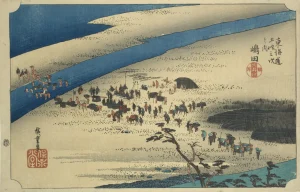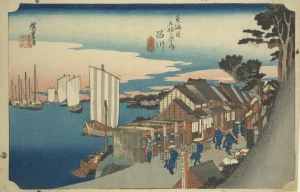This article was created using a translator. There may be expressions that are difficult to understand. If you have any questions, please check by yourself.
Please consult us about anything related to Fujieda City.
CONTACTHello everyone~
Just the other day, the Dodgers won the World Series. Ohtani and Yamamoto were incredible, weren’t they~
But Ohtani… his performance was unbelievable, like something out of a poorly drawn manga by an elementary school kid lol
This time, I visited the old Tokaido post town of Chiryu-shuku and the nearby Okehazama historic battlefield.
Looking at a map, the area around Chiryu City in Aichi Prefecture is roughly midway between Nagoya and Okazaki. On the Tokaido Fifty-Three Stations, it corresponds to the 39th post station.
It’s a bit west of Shizuoka, but walking along the old Tokaido here, you really feel the distinct atmosphere of the “Chukyo” region.
The old townscape blends seamlessly with the modern city, making it an area where you can truly experience the “real present” of the ancient road.
Starting from Chiryu Station! Ride along the old highway on a rental bike.
First stop was Meitetsu Line’s Chiryu Station. As usual, I rented a bike here.
I rent bikes in all sorts of places, haha. In Chiryu City, you can use rental bikes for free at the “Station Front Parking Lot (City-run Bike Parking)” or through the city hall rental service.
“Wait, free?” you’re thinking. Yep, it’s free for sightseeing or leisurely rides. There’s a caveat though: it’s not allowed for commuting to work or school.
That day, I thought, “Maybe I’ll just casually ride around the old Tokaido Road,” so I rented one quickly with minimal luggage. Just got the key and checked in at the counter, then started off. Super easygoing.
Once I started riding the rented bike, the air felt like, “I’m on a journey!” and my spirits lifted. My destinations were a post town and a battlefield. Both were “distances you could walk, but feel great by bike.” With plenty of stamina and time to spare, I made my way leisurely.
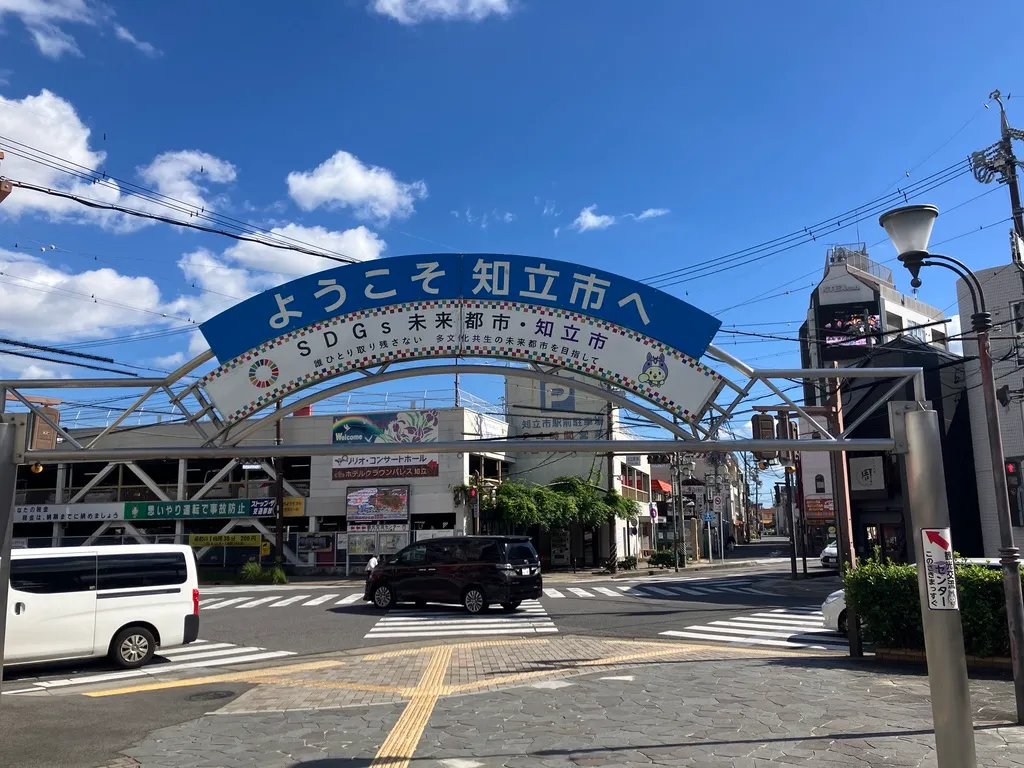

Chiritsu Pine Avenue
First, I headed to the “Chiryū Pine Tree Avenue” along the old Tōkaidō road. Pine trees are practically guaranteed along the Tōkaidō route (including Fujieda City, of course), so I figured, “Well, might as well check it out?” 💦
But then, there they were—rows upon rows of pine trees lining a perfectly straight road stretching ahead. Just seeing this scene made me think, “Ah, travelers of old must have passed through here too.” You really don’t get it until you see it for yourself.
Riding my bike through it, the light filtering through the pine branches swayed gently. It felt like the “present” mingled with the “past”—a strange sensation. I took tons of photos (lol).
Looking at the photos I took, the pine shadows stretch long across the ground, the sky is blue, and I think they really capture that “right now, this very moment” feeling.
Walking is fine too, but on roads like this, cycling lets you “feel the wind” as you go—it’s a slow-burn recommendation.
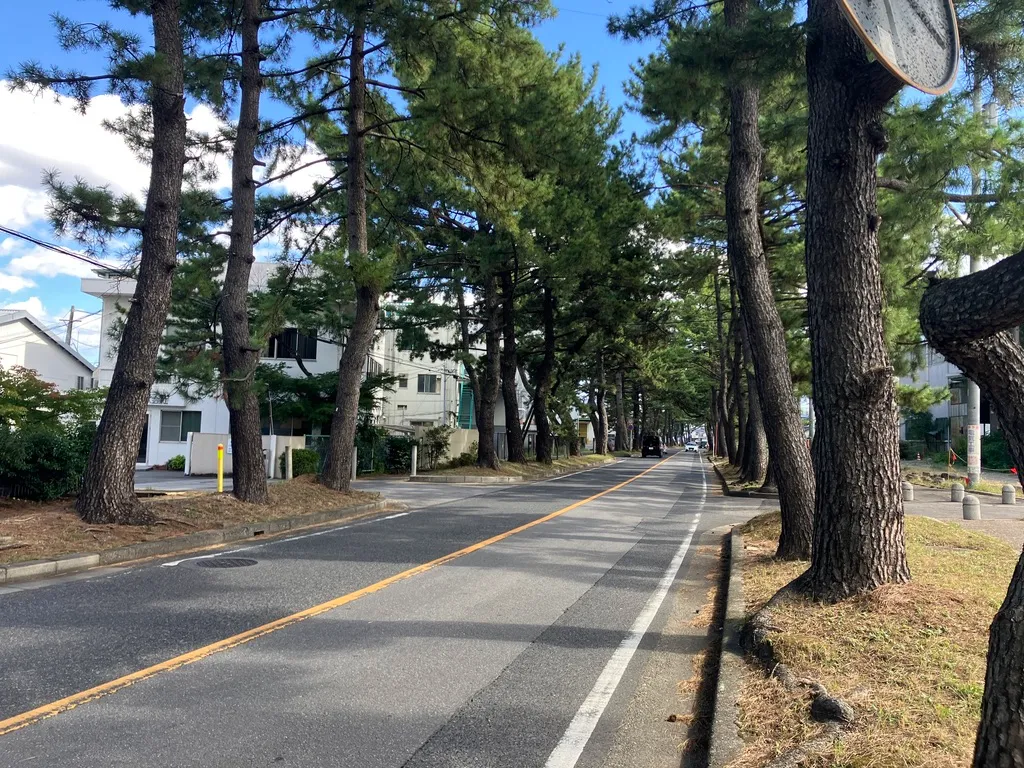
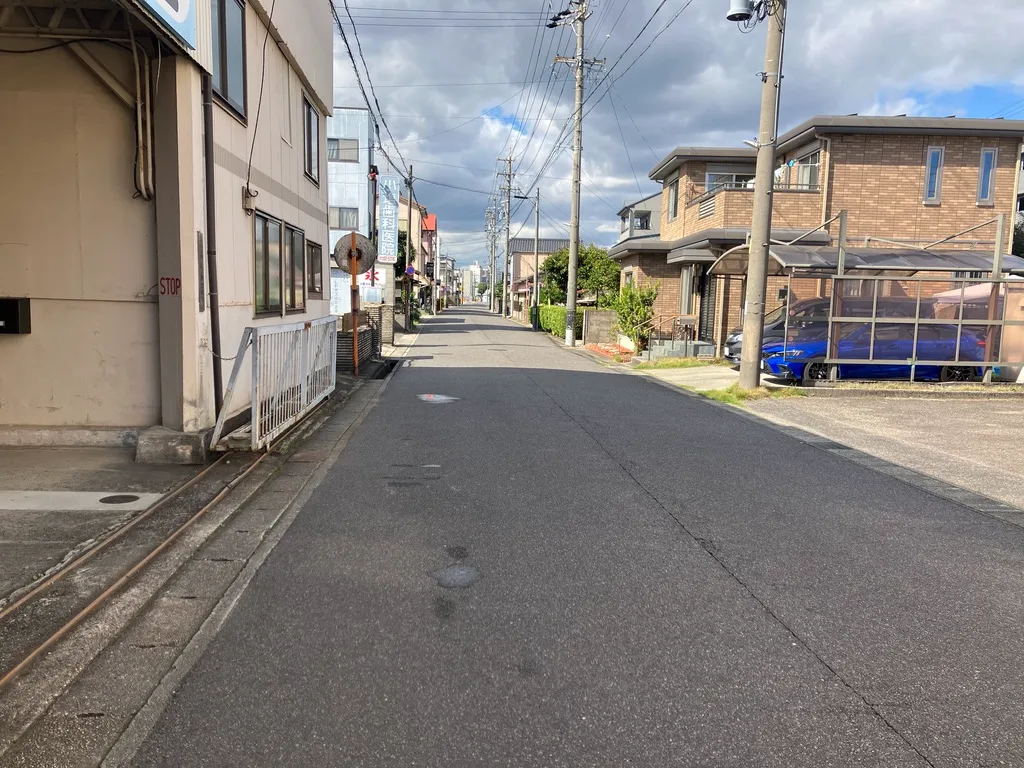
The Old Tōkaidō Road
Monument to the Horse Market
Next to the Chiryū Pine Avenue stands the Horse Market Monument. Chiryū wasn’t just any post town; it seems horse trading flourished here during the Edo period. Learning about its deep history changes how you feel when walking down the road.
An information board near this monument states, “A horse market was once held in this area.” Come to think of it, Hiroshige’s ukiyo-e prints also depict horse markets! “Hmm, I see,” I nodded to myself. Discoveries like this are what make traveling so enjoyable.
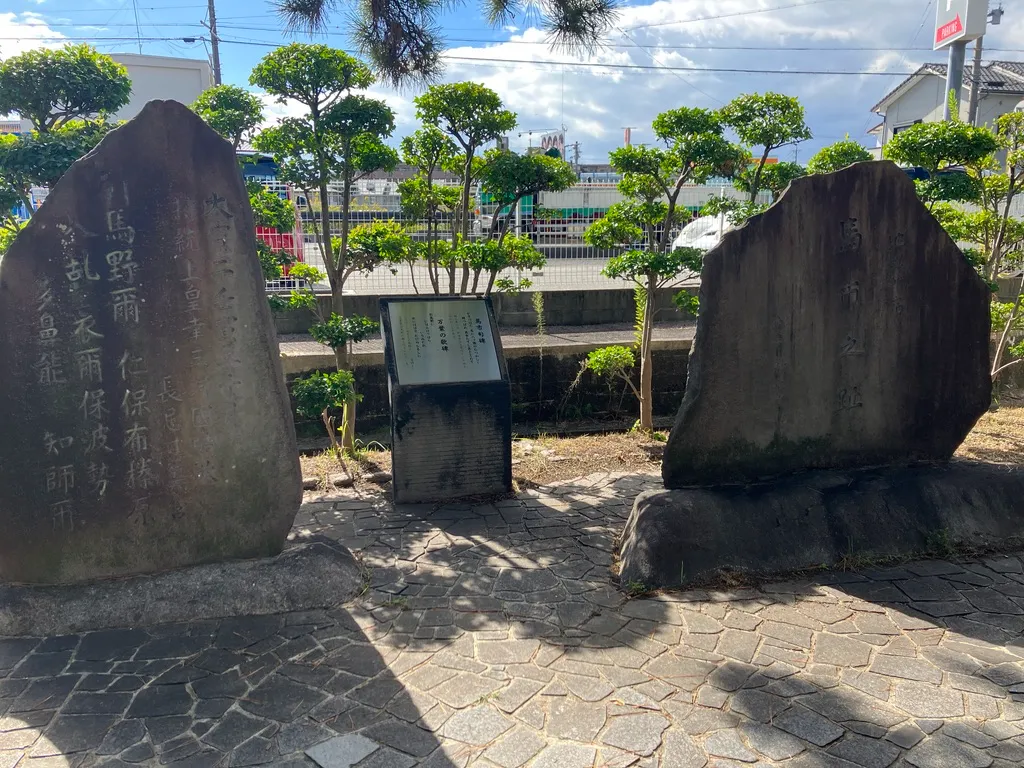

Chiryu Castle Ruins
After a short ride, I also stopped by the Chiryū Old Castle Ruins (an ancient castle site). It’s now maintained like a park and feels quiet. But somehow, there’s also a sense of tension… or so it seems. Thinking, “There was a castle here during the Warring States period,” I parked my bike and took a short break on a bench.
Usually, “castle ruins = stone walls!” is the image, but here, the stone walls aren’t preserved on a large scale. It’s the type where you understand “this is the castle site” from the terrain and the information boards.
It seems to be the site of a palace where shoguns stayed overnight and also a place where Emperor Meiji took a short break.
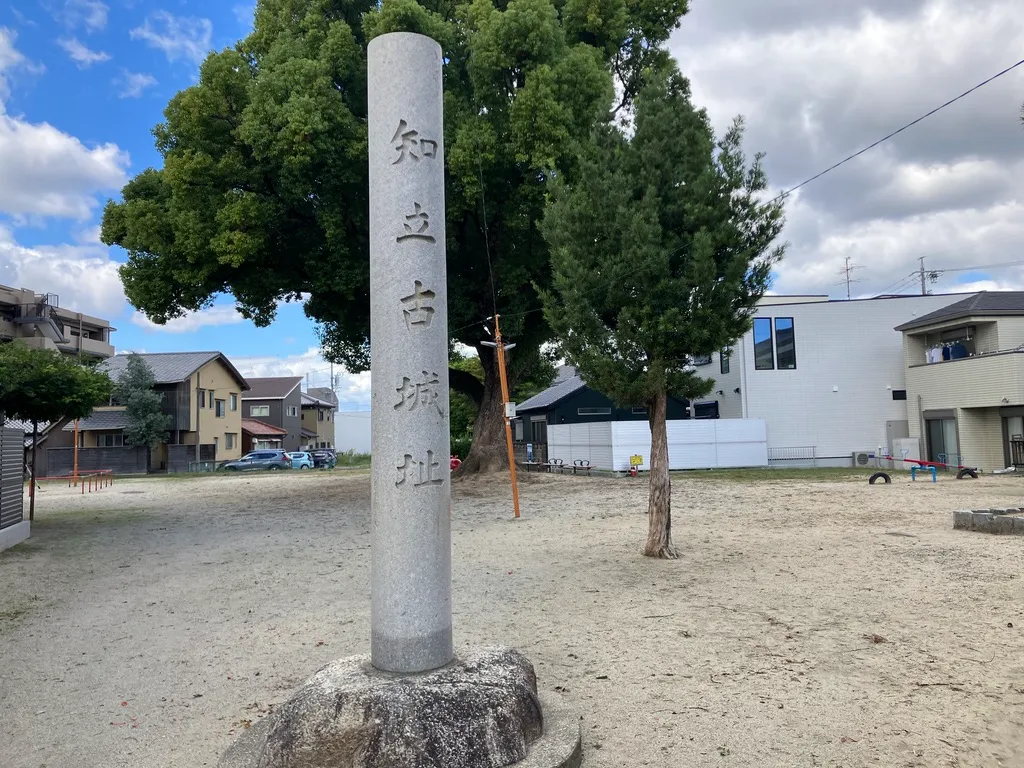
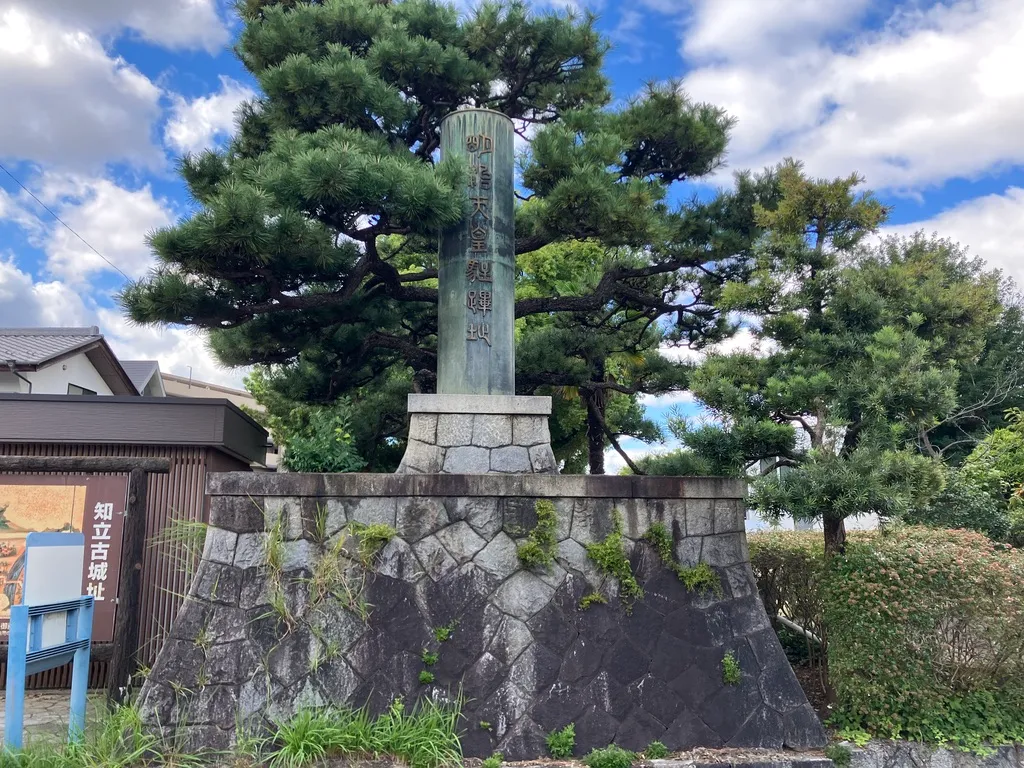
Site of the Former Inn Where Carp and Crucian Carp Dwelt
And here is the site of the Honjin Inn at Chiryūfushiyado. During the Edo period, this post station had a “Honjin” where not only travelers but also feudal lords and officials stayed, and this is its former location.
…It feels like it’s been squeezed into a tiny spot 😭
But the reading “Chiryū” is unique too, right? “池・鯉・鮒”—looking at each character, it’s “pond, carp, crucian carp.” Somehow seeing these creatures lined up together is heartwarming. There’s a theory the name comes from “ponds teeming with carp and crucian carp.” Walking the highway sparks curiosity about readings and origins, making the journey feel a bit deeper.
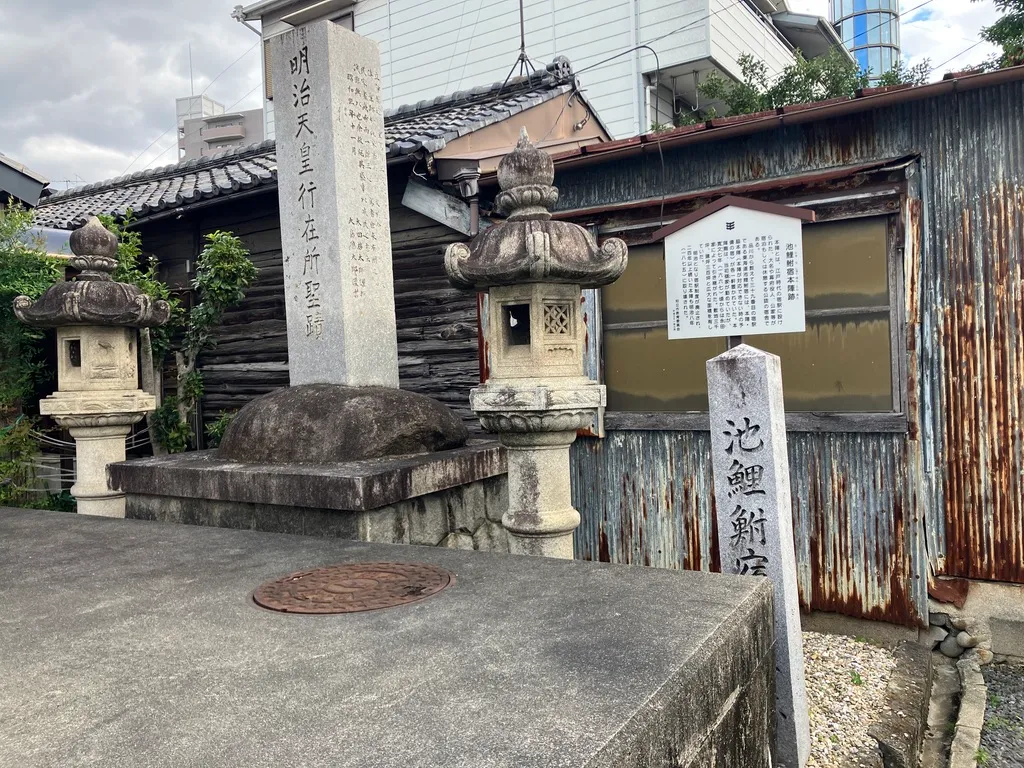
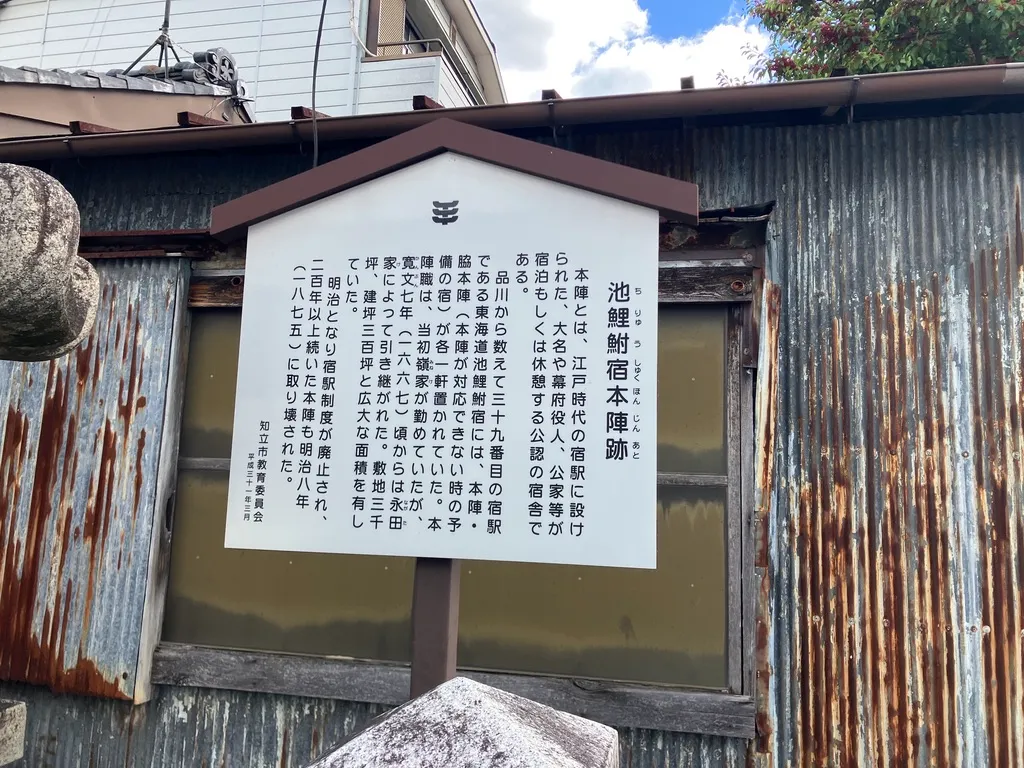
Okehazama Historic Battlefield Legendary Site
After Ike-ko-fu-shuku, we head a little further to the historic stage of Okehazama. It’s a place that really resonates with fans of the Warring States period. This is the famous battlefield where Oda Nobunaga defeated Imagawa Yoshimoto in the Battle of Okehazama (1560).
Standing at this spot, considered a “legendary site” near Chukyo Racecourse Station, you can’t help but want to feel even a hint of the Warring States wind. There’s an information board too. Reading the explanation, I imagined for a moment, “Was Nobunaga really here…?” and got a chill.
I’d imagined it being much larger, but it was surprisingly compact. A little way from this legendary site is a park called “Okehazama Battlefield Park.” I wonder if that’s actually the more well-known spot. It was definitely too far to visit that one though 💦

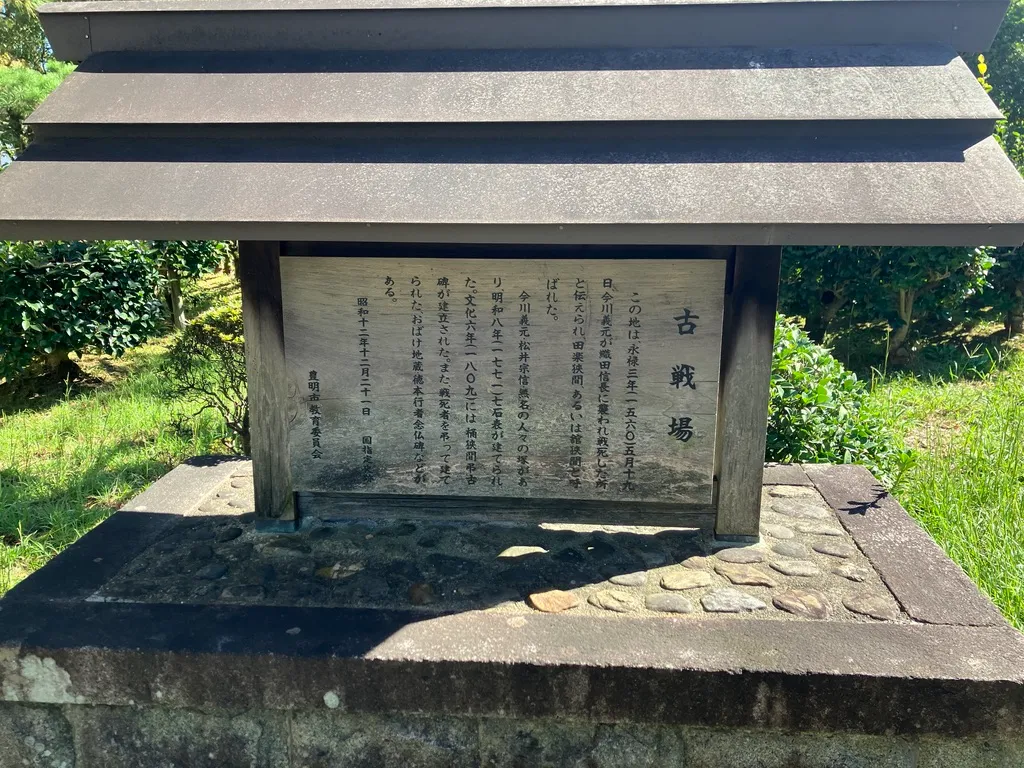
Kōtoku-in
This Kotoku-in temple seems to have been relocated from Koyasan to the site adjacent to the ancient battlefield of Okehazama in 1894.
But what a magnificent temple this was~
The stone monument marking the site of Imagawa Yoshimoto’s headquarters and the tombstone of Matsui Munenobu remain here. There’s also a pine tree planted by imperial family members, making it full of points of interest!
And above all, the bamboo grove! There’s a beautifully maintained bamboo grove that encircles the back of Kōtoku-in Temple.
This is truly a sight to behold.
Highly recommended 🔥



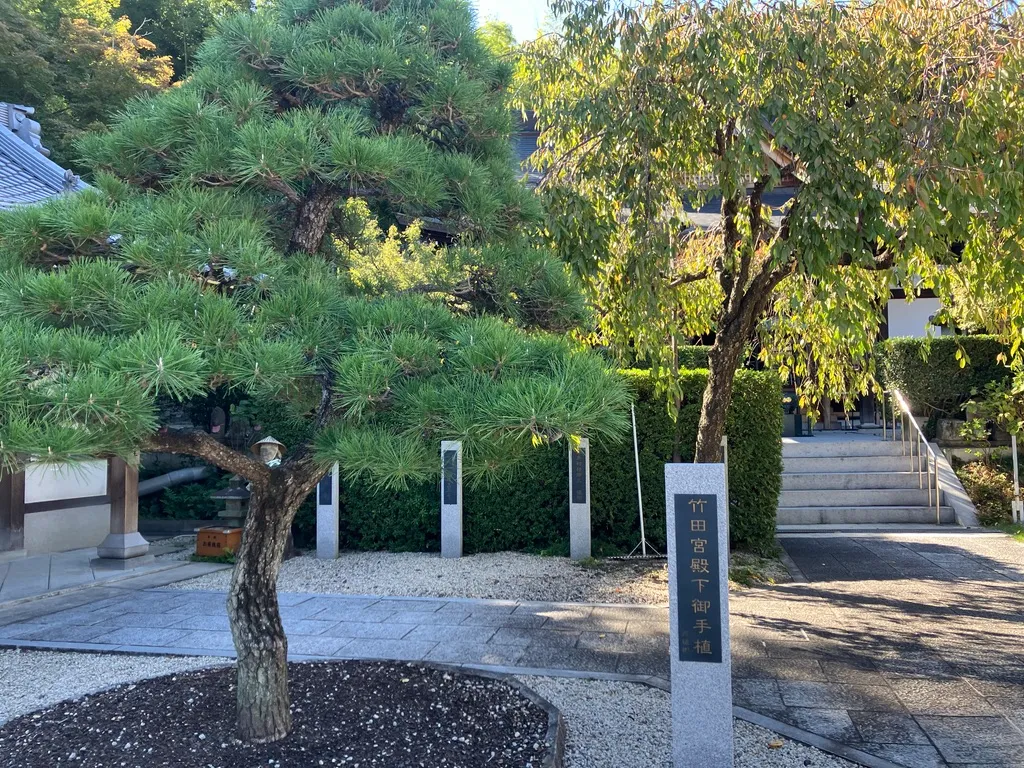
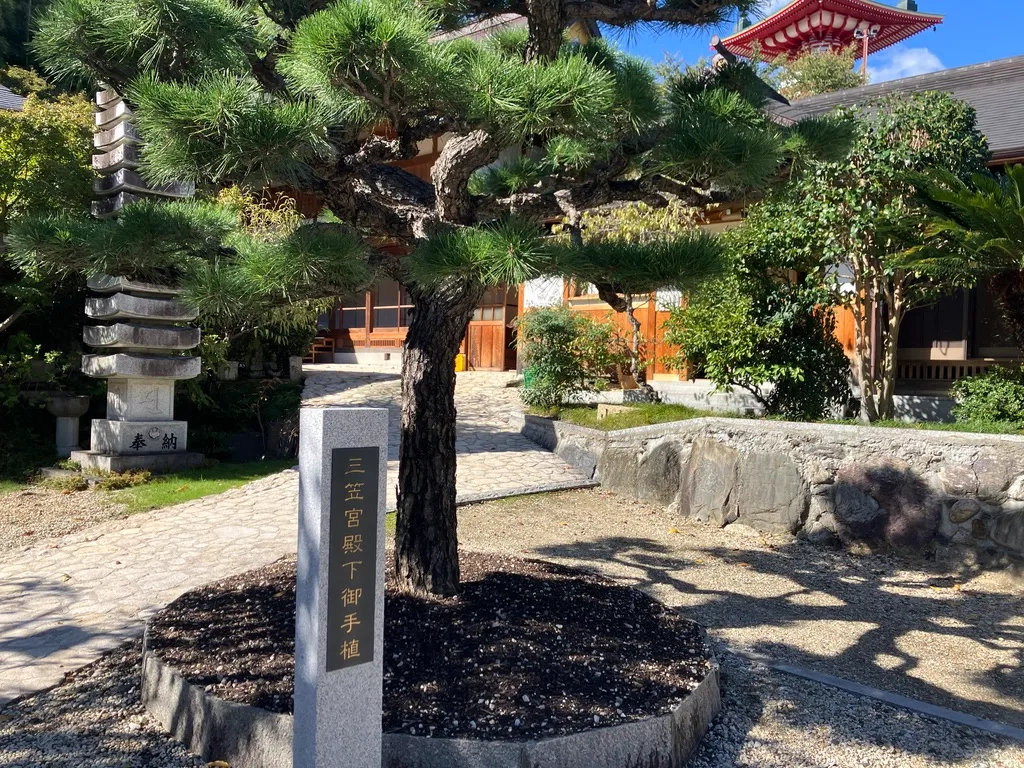
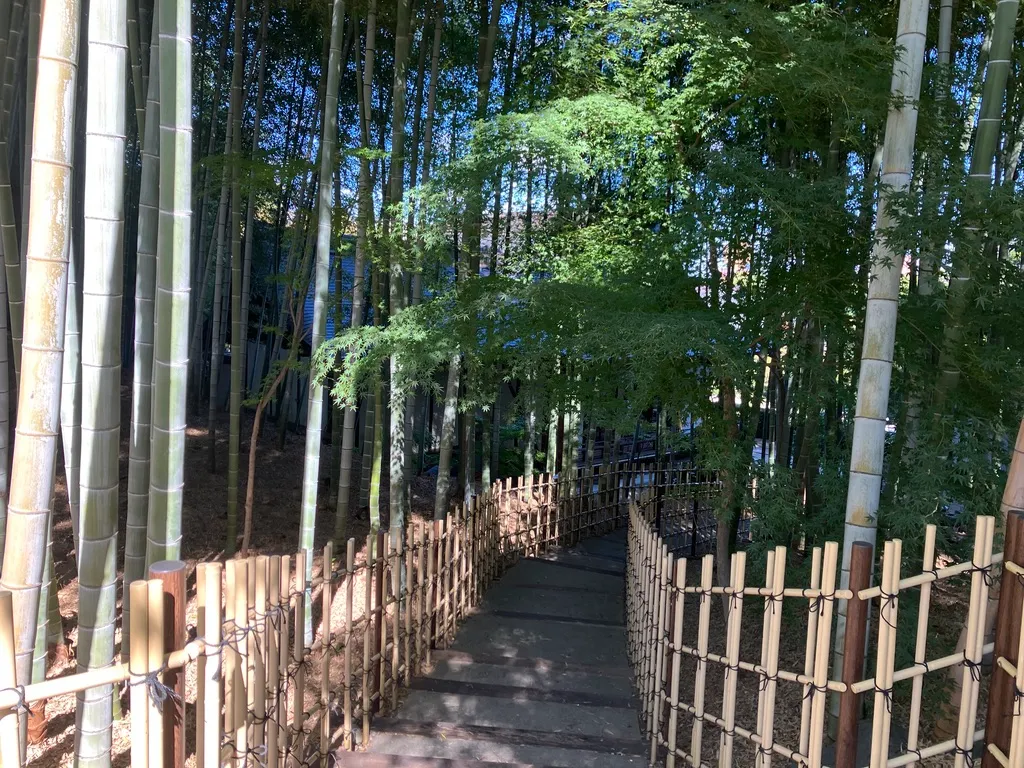
【Summary】My Impressions After Running Along the Old Tokaido Road at Ikofunajuku
This time, we visited Chiryu-shuku, the 39th post town along the Tokaido Road. Located right at the midpoint of the main artery connecting Edo and Kyoto, it seems to have been a bustling place since ancient times, thronged with travelers.
The post town’s history is long; by the beginning of the Edo period, it already had a honjin (main inn for officials), a wakihonjin (auxiliary inn), and a toniyaba (wholesale market). It was particularly renowned for its thriving horse market, attracting people and horses from across the nation as a trading hub. It wasn’t merely a place to stay overnight; it was a vital hub supporting transportation and logistics of the time. I only truly understood this after visiting myself, haha.
Walking through present-day Chiryu, you encounter scattered remnants of “old roadways” and stone monuments amidst modern residential areas. In those fleeting moments, you feel the “layers of time” overlapping.
Take the old Tokaido’s pine tree avenue, for instance. Pines that watched over travelers from Edo for centuries still stand in rows. Simply cycling beneath their shadows makes you instinctively straighten your back.
Also, sites like the honjin (main inn) ruins and horse market monuments—stopping to read the information boards makes you realize, “Ah, this town wasn’t just a passing point.”
And west of Ike-ko-funa-juku lies that famous battlefield, Okehazama. The stage where history shifted with Nobunaga’s surprise attack (even I know that). The charm of this route lies in experiencing both the culture of the post town and the history of war in a single day.
However, the free rental bicycle I borrowed at Chiryu Station was incredibly convenient. It allowed me to move freely and was a huge help.
It wasn’t flashy like typical tourist spots, but it was a journey through Ike-Koifu-juku where you could quietly sense the lingering scent of Edo.



